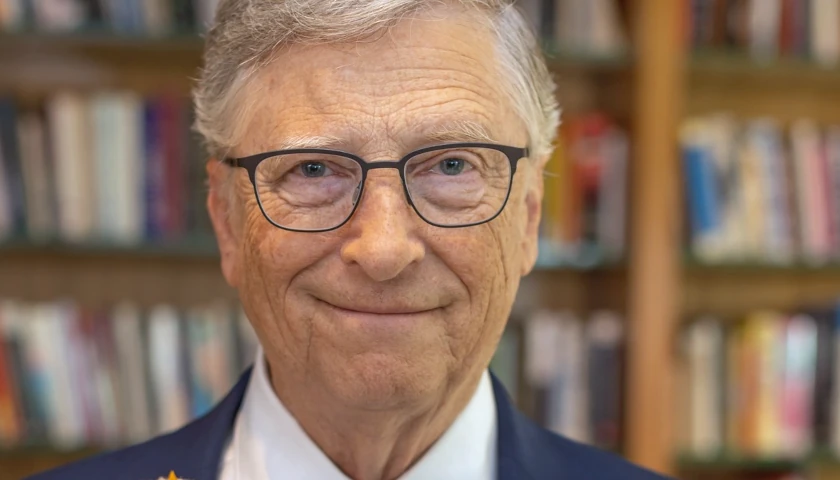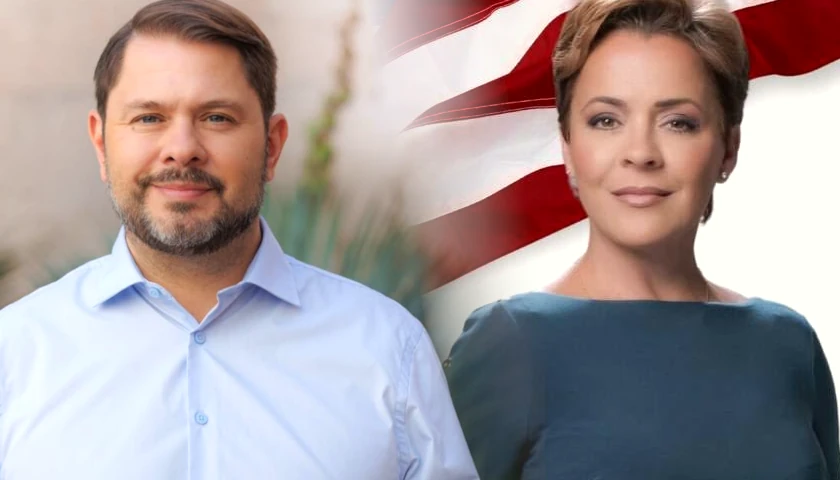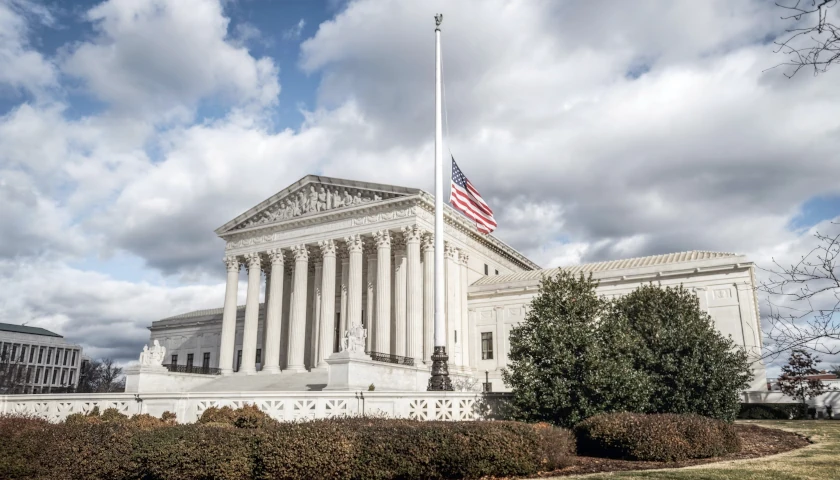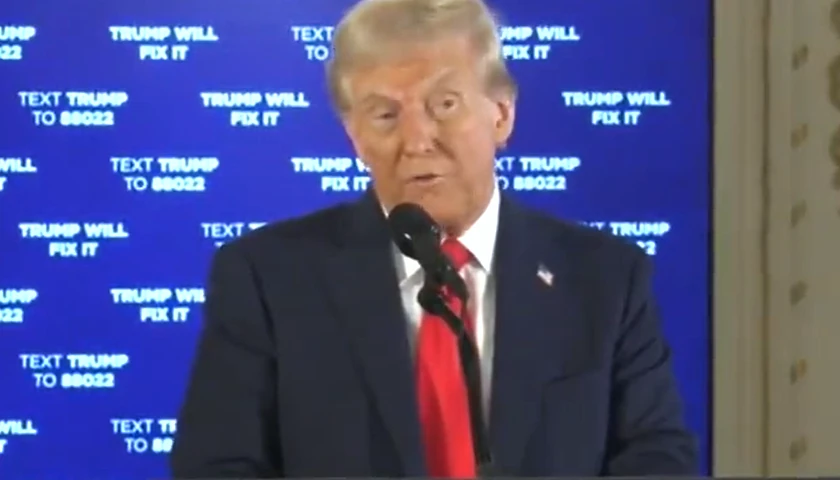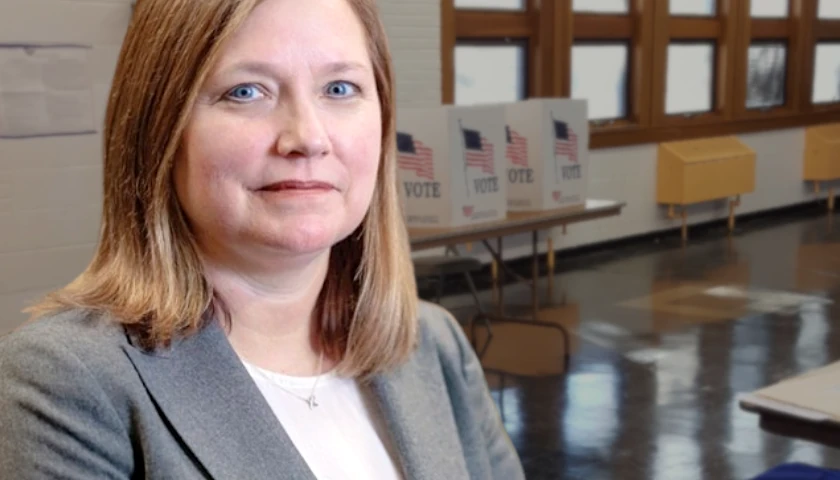by Andrew E. Busch
Two years after COVID burst on the American scene, leading to lockdowns, school closures, mask and vaccine mandates, and trillions of dollars in emergency government spending, the question on many minds is: When will the emergency end?
The answer to that question is not an easy one. An examination of past emergencies does not resolve it. Rather, it is clear that emergency situations, including this one, may be understood through various lenses, yielding different perspectives on what the endpoint will be.
Take, by way of comparison, World War II, an emergency that had at least four distinct endings because it had at least four distinct faces:
Face #1: The factual emergency understood as the moment of maximum peril. In World War II, this moment lasted from Pearl Harbor until the successful conclusion of the Battle of the Bulge in Europe and perhaps the battle of Leyte Gulf or (if one is more cautious) Okinawa in the Pacific. After that point, fighting remained costly but the outcome was no longer in doubt. The volunteer air-raid wardens could rest easy. The war wasn’t over, but in this sense, the emergency was.
It is too early to say with absolute confidence, but there is a good possibility that, with high rates of both vaccination and natural immunity due to the omicron variant, we may already have reached this point. If the virus continues to mutate in a way that is contagious but decreasingly lethal, we certainly will have.
Face #2: The factual emergency understood as a moment of ongoing peril and loss. Hard fighting continued in Europe for five months after the Bulge, as the Nazi regime dug in to defend its home turf. American boys continued dying in large numbers, while the Red Army suffered the loss of 1 million men taking Berlin. In the Pacific, Iwo Jima and Okinawa were bloody affairs, and America braced for enormous sacrifice as it prepared to invade Japan, an eventuality preempted by use of the atomic bombs. In this understanding, the emergency ended when the war ended. V-E Day and V-J Day represented the end of the emergency.
Today, some Americans and some foreign governments have expressed a goal of “Zero COVID.” President Biden himself once improvidently promised to crush COVID, as if it were a Panzer division on the plains of France. In this view, the emergency will not be over until COVID is no longer incurring costs on society. However, we are dealing with a highly transmissible, airborne virus that cannot be pounded into surrender by attrition and superior force. It is more likely to be managed and contained than destroyed. If we are waiting for a V-C Day to provide a definitive endpoint to the emergency, we may be waiting forever. It is notable that an increasing number of analysts have begun signaling that we may have to “learn to live with it.”
Face #3: The policy emergency, that is to say, the set of policies constructed by government to address the emergency. In World War II, these policies included conversion of industries to war production, massive deficit spending, conscription (begun in 1940), wage and price controls, and rationing of food and consumer items, among other things. Most of these policies were unwound following the surrender of the Axis powers, but not all at the same time. Demobilization of the armed forces, reconversion of industry, and more disciplined budgeting began almost immediately. On the other hand, economic controls were still in place in the lead-up to the 1946 elections, contributing to public dissatisfaction that led to a Republican Congress. Many Americans at the time asked why they were still subjected to meat rationing when the emergency, as they saw it, was well and truly over.
Because the COVID crisis is more likely to abate (if it has not already) in terms of maximum peril than in terms of a complete end to COVID, those public officials committed to a Zero COVID vision will not relax anti-COVID policies until politically forced to do so. They will not be politically forced to do so unless there is a critical mass of voters and activists who conclude, as in 1946, that the factual emergency is sufficiently under control – or that the costs of control are out of proportion to the ongoing benefits. There are strong signs emerging that even the most pronounced COVID hawks among policymakers are adjusting policy because they are feeling the political heat. This week, California Gov. Gavin Newsom declared that he would allow the state’s indoor mask requirement to expire on February 15, while New Jersey Gov. Phil Murphy announced the end of his state’s school mask mandate, effective next month.
Face #4: The legal emergency. War was formally declared by the United States against Japan on December 8, 1941, and against Germany and Italy on December 11, 1941. The president operated during the war under emergency powers stemming from the state of war. This legal underpinning of emergency powers, however, was arguably the least important measure of when the emergency was over. President Truman did not issue a statement proclaiming that hostilities had ended until December 31, 1946. Not until October 19, 1951 did Truman, acting under a resolution of Congress, officially declare that a state of war no longer existed between the United States and Germany. By then, West Germany was on the front lines of conflict with the Soviet Union and U.S. troops were engaged in war in Korea.
Of course, unlike World War II, the current crisis heavily involves the states. Both the federal government and many state governments are operating under a declaration of a state of emergency regarding COVID. At the federal level, in January 2020, the Department of Health and Human Services declared a state of health emergency under Section 319 of the Public Health Service Act. As required by law, HHS has reissued the state of health emergency every 90 days since then. The purpose of the declarations is to give HHS the authority to permit emergency-use authorizations (such as the ones used to advance COVID vaccines) and to waive certain health-care regulations, such as those requiring licensed health-care workers to limit their work to states where they are licensed. A 6.2 percentage point bump in the federal share of Medicaid spending is also tied to continuation of the HHS state of health emergency.
About half of states have no state of emergency currently in force, largely because governors allowed initial states of emergency to lapse in late 2020 or 2021. The other half of states have a state of emergency still in force, though many of those are set to expire in the near future. Moreover, the specific elements of the states of emergency vary considerably from state to state. In some cases they authorize serious restrictions, but in others they authorize greater regulatory flexibility to meet the crisis (and in some states they do both). The mere existence of a state of emergency does not indicate draconian measures; Texas is operating under an emergency declaration actually prohibiting local mask mandates, while South Dakota, which avoided COVID lockdowns altogether, is also operating indefinitely under a state of emergency declaration.
In other words, because the federal government does not possess the general police power, the HHS state of health emergency is of limited scope. States have broader police powers, but many are reluctant to use them in the coercive ways that have drawn critical scrutiny. Only in those states where the state of emergency has justified coercive policies are most citizens likely to even notice whether they continue in force or not. Though “state of emergency” has a formidable sound to it and can be used to impose draconian policies that are otherwise unobtainable, for the most part legal declarations are lagging indicators and do not determine when emergencies really end.
The real end to emergencies comes when objective facts on the ground change in a favorable direction and when Americans feel compelled to tell their government that the emergency is over. We are headed in that direction, but there is not yet sufficient consensus among citizens or policymakers on what the facts on the ground say. Nor, despite preliminary indications in November 2021, is there sufficient electoral evidence that Americans have reached the same conclusion they did in 1946, when they endorsed the Republican campaign slogan “Enough!”
November, however, is coming, in more ways than one.
– – –
Andrew E. Busch is Crown professor of government and George R. Roberts fellow at Claremont McKenna College. He is co-author of “Divided We Stand: The 2020 Elections and American Politics” (Rowman & Littlefield).



